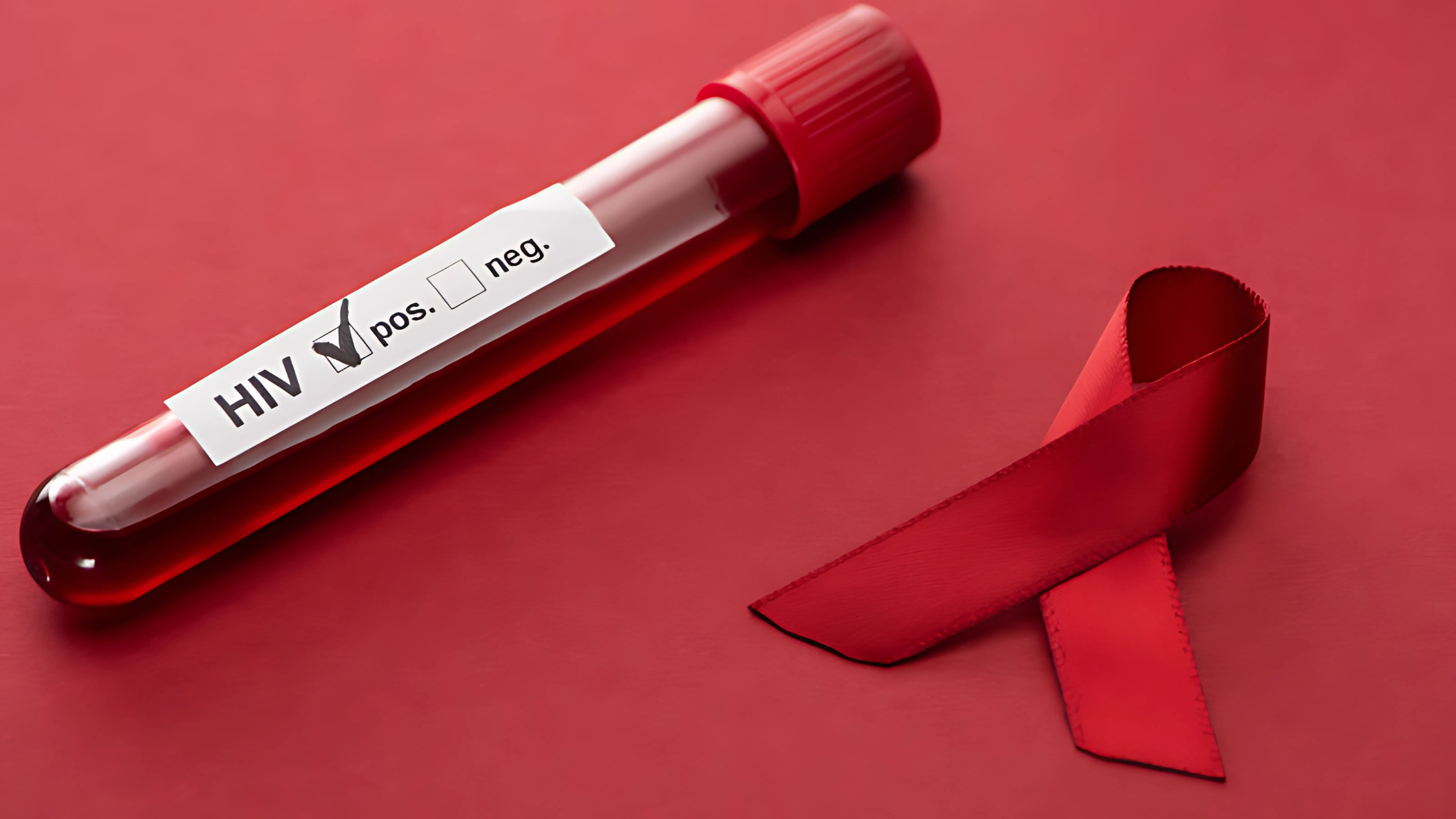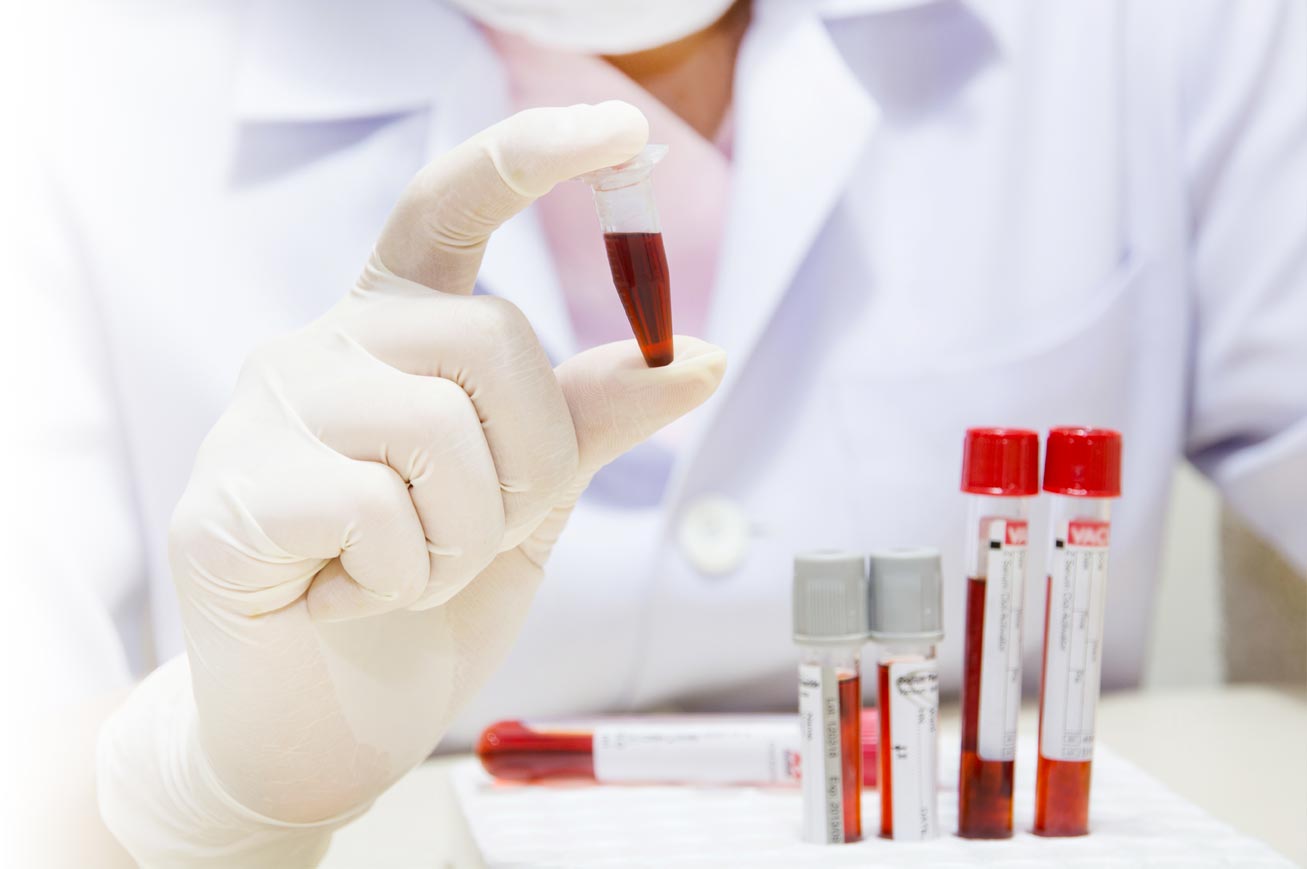New Year Sale upto 55% Off
Shopping Cart
Great medicine with best rxmedilife branded, 100% genuine pharmacy
New Year Sale upto 55% Off
Great medicine with best rxmedilife branded, 100% genuine pharmacy

Human Immunodeficiency Virus (HIV) remains a significant global health challenge, affecting millions of people worldwide. Despite remarkable progress in treatment and prevention, myths and misconceptions about HIV continue to fuel stigma, discrimination, and barriers to care.
Raising awareness through accurate information is critical to combating the virus and supporting those affected. In order to increase empathy and comprehension, we dispel common misconceptions, provide vital information, and investigate the path to greater HIV awareness in this blog.
HIV is a virus that attacks the immune system, specifically targeting CD4 cells (T-cells), which are crucial for fighting infections. If untreated, HIV can progressively weaken the immune system, increasing vulnerability to opportunistic infections and certain cancers. In its advanced stage, HIV can lead to Acquired Immunodeficiency Syndrome (AIDS), a condition characterized by severe immune system damage. However, with modern Antiretroviral Therapy (ART), people living with HIV can manage the virus effectively, prevent progression to AIDS, and lead long, healthy lives.
HIV is primarily transmitted through:
Unprotected sexual contact (vaginal, anal, or oral) with an infected person.
Sharing needles or syringes contaminated with infected blood.
From mother to child during pregnancy, childbirth, or breastfeeding (though medical interventions significantly reduce this risk).
Rarely, through blood transfusions or organ transplants with infected blood (minimized in regions with strict screening).
Understanding the modes of transmission is key to dispelling myths and promoting prevention. Let's dispel some common myths and get the facts straight.

Fact: HIV cannot be transmitted through everyday interactions such as hugging, shaking hands, sharing utensils, or touching surfaces. It is not transmitted by saliva, sweat, tears, or the air. HIV requires direct contact with specific bodily fluids blood, semen, vaginal fluids, or breast milk for transmission.This means you can safely interact with someone living with HIV without risk.
Fact: HIV can affect anyone, regardless of gender, sexual orientation, race, or socioeconomic background. While certain behaviors, such as unprotected sex or sharing needles, increase risk, HIV does not discriminate. Historically, groups like men who have sex with men or people who inject drugs have faced higher prevalence due to specific risk factors, but education and prevention are universal needs.
Fact: With advancements in Antiretroviral Therapy (ART), HIV is now a manageable chronic condition. ART suppresses the virus, maintaining a healthy immune system and preventing progression to AIDS. People on consistent ART with an undetectable viral load can live long, healthy lives and have virtually no risk of transmitting HIV to others (U=U: Undetectable = Untransmittable).
Fact: HIV often has no visible symptoms, especially in its early stages. Many people living with HIV appear healthy and may be unaware of their status without testing. The only way to know if someone has HIV is through an HIV test, which is why regular testing is critical for early diagnosis and treatment.
Fact: People living with HIV can have healthy, fulfilling relationships. With ART, an undetectable viral load eliminates the risk of sexual transmission (U=U). Additionally, preventive measures like Pre-Exposure Prophylaxis (PrEP) for HIV-negative partners, Post-Exposure Prophylaxis (PEP), and consistent condom use further reduce risks, enabling safe and intimate relationships.
Promoting HIV prevention and treatment, encouraging testing, and reducing stigma all require raising awareness of the disease. Here are key steps to foster greater understanding and support:
Educate to Reduce Stigma
Stigma and discrimination stem from misinformation and fear. By sharing accurate information about HIV transmission, treatment, and prevention, we can challenge stereotypes and create a supportive environment. Community education programs, social media campaigns, and open conversations help normalize discussions about HIV and empower those affected to seek care without judgment.
Promote Regular HIV Testing
Early detection is critical for effective HIV management. Routine testing allows individuals to know their status, start treatment if needed, and take preventive measures to protect others. Testing is quick, confidential, and widely available at clinics, community health centers, and through at-home kits. The CDC recommends that everyone aged 13-64 get tested at least once, with more frequent testing for those at higher risk.
Advocate for Access to Treatment and Prevention
Access to ART, PrEP, and PEP is transformative, but not everyone has equal access due to cost, healthcare infrastructure, or social barriers. Advocacy for affordable medications, comprehensive healthcare, and community support programs ensures that all individuals can benefit from life-saving interventions. Online pharmacies like AryuCare provide access to affordable HIV medications, but always consult a healthcare provider for prescriptions and guidance.
Support People Living with HIV
Emotional and social support is vital for those living with HIV. Friends, family, and communities can offer compassion by listening without judgment, encouraging adherence to treatment, and fostering inclusion. Support groups and counseling services also provide safe spaces for sharing experiences and building resilience.
Leverage Technology and Media
Digital platforms, including social media and blogs, are powerful tools for spreading HIV awareness. Sharing stories of people living with HIV, highlighting scientific advancements, and debunking myths through engaging content can reach wide audiences. Collaborating with influencers, healthcare organizations, and advocacy groups amplifies the message and inspires action.
Preventing HIV is a cornerstone of awareness efforts. Effective strategies include:
Condom Use: Consistent and correct use of condoms during sexual activity significantly reduces HIV transmission risk.
PrEP: A daily pill for HIV-negative individuals at high risk, PrEP reduces the chance of contracting HIV by up to 99% when taken as prescribed.
PEP: Emergency medication taken within 72 hours of potential HIV exposure, PEP can prevent infection if completed as a 28-day course.
Harm Reduction: Providing clean needles and syringes for people who inject drugs prevents HIV transmission through shared equipment.
Treatment as Prevention (TasP): People with HIV on ART with an undetectable viral load cannot transmit the virus sexually, making treatment a powerful prevention tool.

Globally, significant progress has been made in the fight against HIV. According to the World Health Organization (WHO), as of 2023, over 29 million people living with HIV were accessing ART, and new infections have declined by 59% since their peak in 1995. However, challenges remain, including reaching underserved populations, addressing stigma, and funding research for a cure or vaccine. Initiatives like the UNAIDS 95-95-95 targets aim for 95% of people with HIV to know their status, 95% of diagnosed individuals to receive treatment, and 95% of those treated to achieve viral suppression by 2030.
Understanding HIV is the foundation of awareness, prevention, and support. By debunking myths and embracing facts, we can dismantle stigma, encourage testing, and ensure access to life-saving treatments. Whether through education, advocacy, or compassionate support, everyone has a role in the fight against HIV.